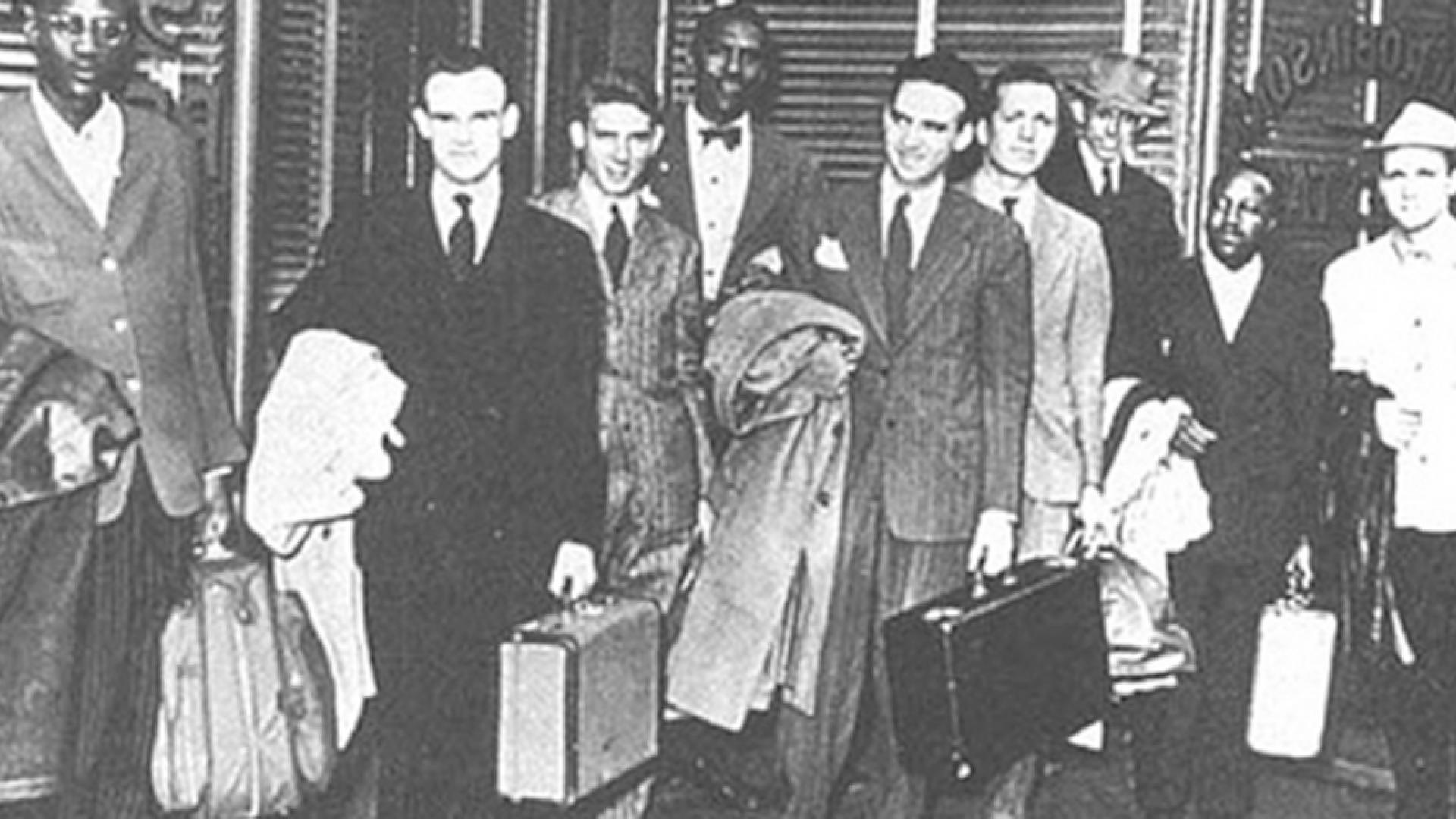Journey of Reconciliation, 1947
Journey of Reconciliation, 1947
In 1947, long before the more familiar civil rights events of the 1960s, the movement had already been set in motion with the “Journey of Reconciliation.” In this lesson, students will discuss the concept of democracy and through this lens, analyze the unjust Jim Crow laws that dominated the South. Through discussion, readings and the examination of primary sources, students will gain an understanding of how the period immediately following World War II set the stage for numerous challenges to Jim Crow, one of which was the 1947 Journey of Reconciliation. Students will culminate this lesson by creating a historical marker that honors the Journey of Reconciliation’s riders and educates the public about this important period of history.

